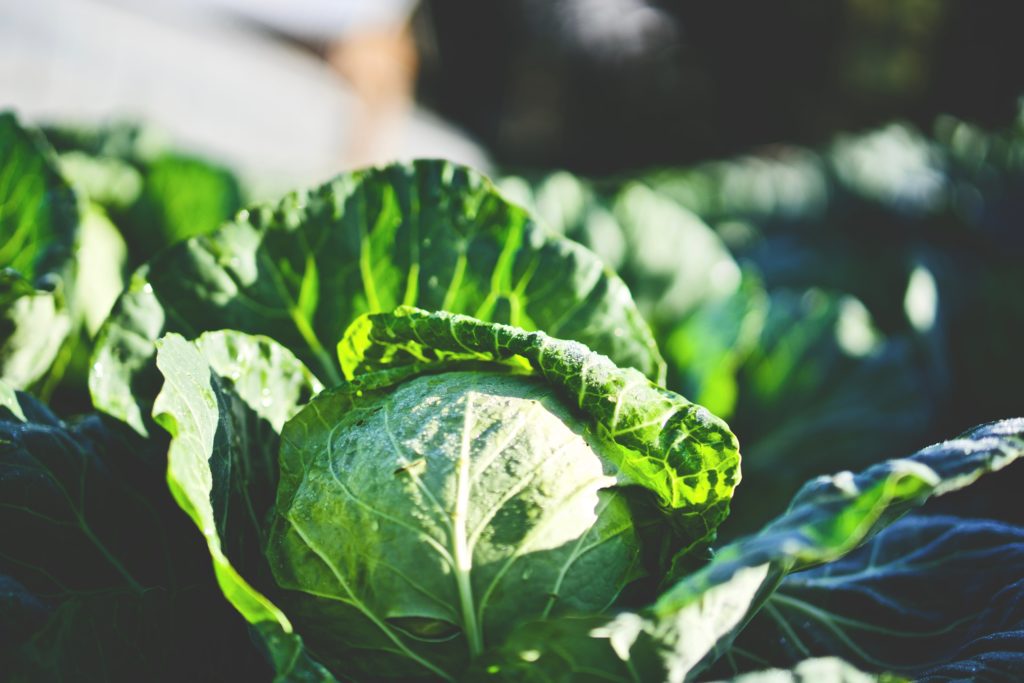All fields are required
Posted in E. coli,Outbreaks & Recalls on July 11, 2018

For those who are still giving romaine lettuce dirty looks, I am here to tell you that this is not the first time E. coli has been found in produce. Sure, historically the most common sources of E. coli were ground beef and unpasteurized milk and milk products. But fresh produce is also a common host of this dangerous and deadly bacterium.
E. coli bacteria naturally exist in the intestine of cows and farm animals, so contamination of beef and milk is now self-explainable and looked out for, but what about produce? How does produce get contaminated with E. coli?
Here is how this intestinal bacterium sneaks it way into fresh produce:
The only possibility by which the intestinal bacteria from farm animals get into fresh produce is by cross-contamination (i.e. when the bacteria moves from a contaminated source to an uncontaminated one.) But how can this happen?
Examples of outbreaks that occurred just because of cross-contamination:
How does E. coli spread from animals?
E. coli bacteria can be found in the intestines of cows, sheep, goats, deer, and some other animals as well. When they get infected by pathogenic E. coli, they can shed it in their stools which can quickly contaminate their surroundings. It is important to note that these bacteria often do not make the animals ill. So, animals who have pathogenic bacteria do not necessarily show any symptoms. These bacteria can easily get into the meat during slaughter and processing.
Therefore, it is very important to cook your meat properly, especially ground beef. Ground beef should be cooked until the juices run clear and the meat is no longer pink. The meat thermometer should show a temperature of 165 degrees Fahrenheit at the thickest part of the patty. When you eat at restaurants, make sure that the hamburgers are properly cooked and the patty is not pink in the middle. Just ask for your burger as “well done.”
Are grass fed cows less prone to E. coli colonization?
That is a food myth.
It does not matter on whether or not the cow (or a goat or a deer) is grass fed. Studies have shown that grain fed cows have a stomach that was a lot more acidic than grass fed cows. And they do shed millions more E. coli strains than the cows who are grass fed, but the grass fed diet does not make them resistant to any E. coli strains. The E. coli is still there, they just shed less. This is not necessarily better, as it only takes a few cells of E. coli to make a human deathly ill.
In fact, the same study also showed that E. coli O157:H7 did not behave the same in the cattle’s intestines as other strains of E. coli did. The scientists showed in their study that grass fed cows are colonized at the same rate with O157 as grain fed cows. There were also some comparisons that proved the deadliest strain of E. coli, STEC E. coli, is more prevalent in grass fed beef than grain fed beef.
So, even though some strains of E. coli are less prevalent in grass fed cows, O157, which is the deadliest and is the cause of many more outbreaks than other strains, certainly does not hold true to the myth.
Does E. coli spread from person to person?
Yes. E. coli can spread from person to person through fecal-to-oral route. Any person who has been infected by E. coli and does not wash his hands may contaminate other surfaces. This can infect others, too.
Bacteria can spread directly through animals by human coming into direct contact with them, but it is said that 85% of all the E. coli infections are foodborne. By maintaining proper hygiene through all the stages of food processing, like slaughtering, handling cooking, etc., we can easily prevent E. coli infections and eliminate the bacteria from our food.
By: Pooja Sharma, Contributing Writer (Non-Lawyer)